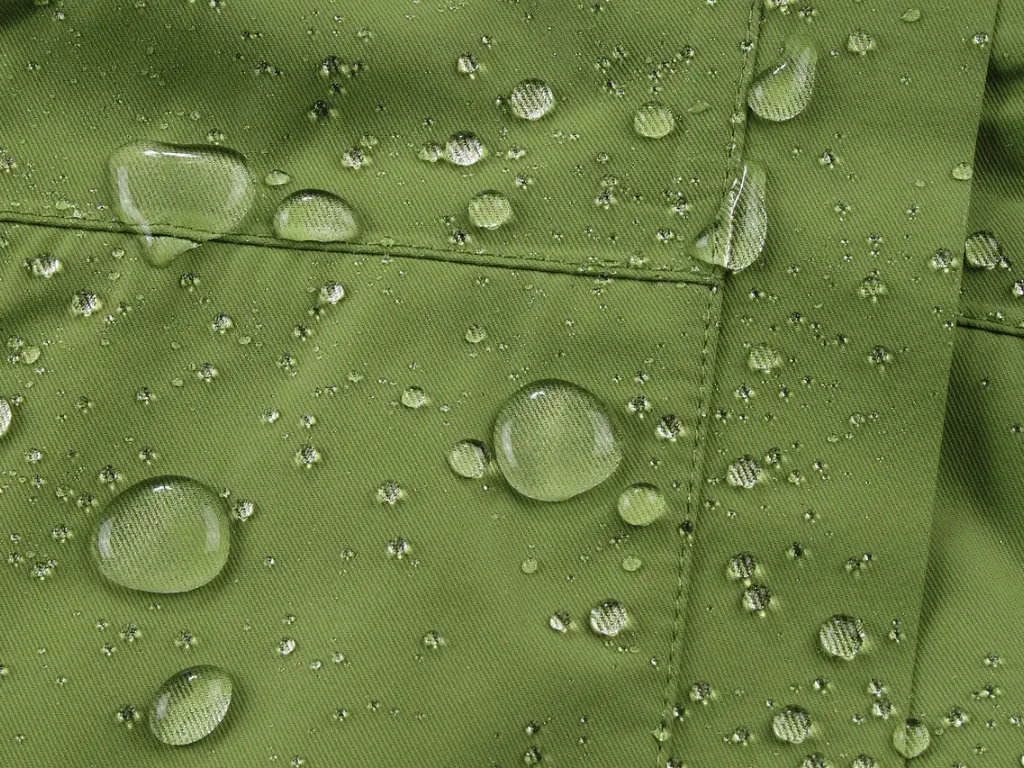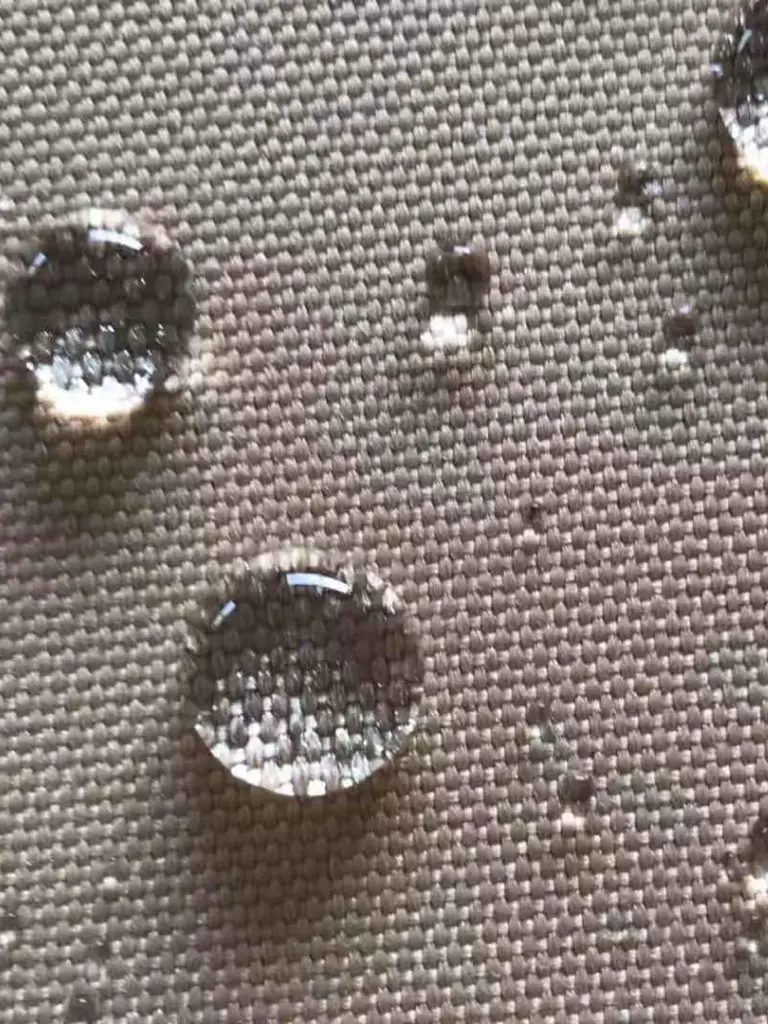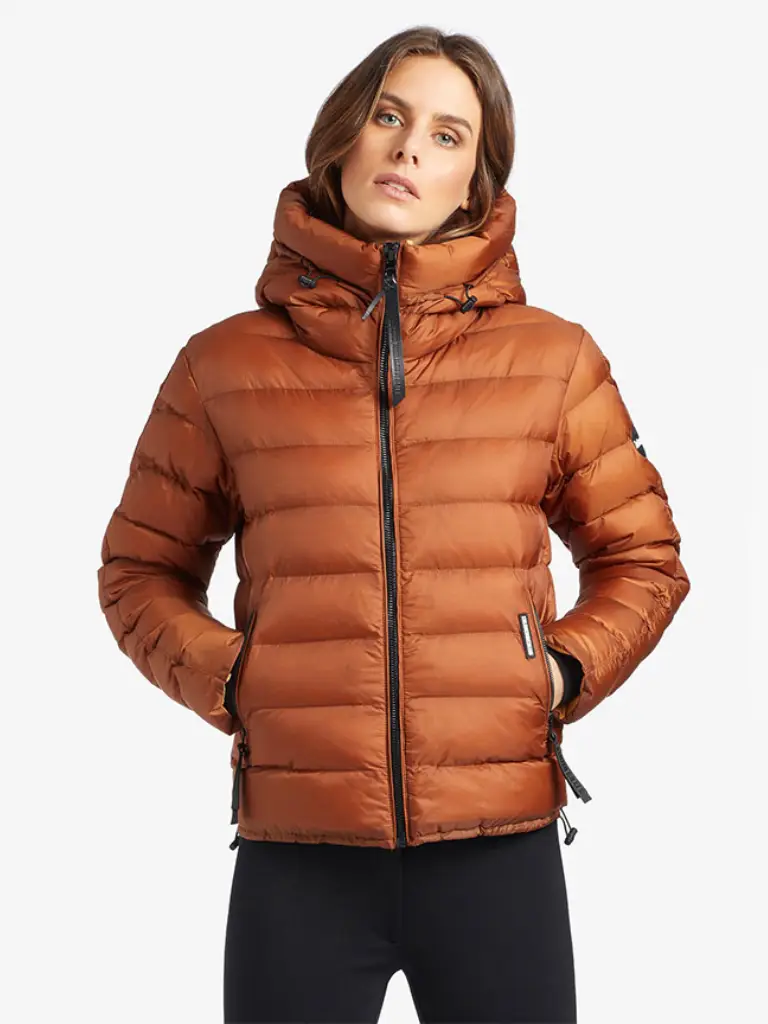Introduction

It is a necessary task to know the primary differences between waterproof and water resistant materials by anyone who requires protection from the elements. According to the Oxford English Dictionary, “waterproof” is defined as “not allowing water to go through,” meaning that nothing can get inside such material. Hence it is appropriate for harsh conditions or full submersion. In contrast, “water resistant” means that an item can be penetrated by water but not completely. Nonetheless, many individuals still find it hard distinguishing them, thus treating them as synonymous terms.
When it comes to making choices concerning gear and clothes, particularly if you are in outdoor activities or living in wet areas, one should first understand these disparities. Picking well could mean either being dry and comfortable or ending up moist and cold. This knowledge not only helps me make personal decisions but also crucial for professionals whose equipment must operate under varying environmental conditions.
For a better understanding of what makes a product waterproof or water resistant visit this blog.
Table of Contents
What Does Waterproof Really Mean?
Diving into the specifics of how these materials work is vital if we are to get a good grasp of what ‘waterproof’ really means. Waterproof products are made not to allow water pass through them at all. Ingress Protection (IP) standards, for instance, help in determining if a product is waterproof or not. For example, an IP67 rating implies that it can survive being submerged 1 meter deep in water for about 30 minutes.
Material
Commonly used materials for waterproofing include polyurethane, vinyl and PVC. These are chosen because of their strong and impermeable nature. They create barriers which stop water molecules from moving through them. To do this, a waterproof membrane has to be incorporated into the material or have a strong coating on it such as plastic.
Specific
What makes waterproof items unique is that they have been designed with the capacity to withstand tough conditions. For example, they can resist more than mere dampness but also wetness under pressure like heavy rains or immersion in water. Tight-weave fabrics and rubber coatings serve as seals and barriers in products like waterproof clothing and gadgets to improve their effectiveness. This quality makes them even more ideal than water-resistant materials; where the latter can protect one during occasional exposure to water. This works even when one experiences continuous immersion in an intense aquatic environment.
What does the IP rating mean for waterproof devices?
The term “waterproof” when used in this context refers to materials that are created not to allow water through irrespective of the amount involved or time it takes. The IP rating, a form of Ingress Protection testing, which quantifies this absolute barrier, is given as a numerical value indicating how well the product resists the entry of solids and liquids.
Different IP ratings associated with waterproof devices are explained below along with what each rating signifies in relation to waterproofing:
Description
- IP65: Protection from low-pressure water jets
- IP67: Immersion up to 1m for 30 minutes
- IP68: Continuous immersion beyond 1m
Typical Usage Example
- IP65: Outdoor lighting, some smartphone cases
- IP67: Smartphones, fitness trackers
- IP68: High-end smartphones, dive watches
Understanding Water Resistant

“Water resistant” as we describe materials’ resistance to water can only mean the partial prevention of water entry but not full blockage. For daily-use objects which are exposed to small amounts of water such as light rain or a few splashes, this is an important attribute. Thus, while a water-resistant fabric might keep off water from getting inside when in contact with rain for a short period, it cannot withstand a long exposure time or heavy downpours.
Material
Normally, lightweight textiles that have been treated with a coating that makes them resist liquids are considered as being waterproof. These fabrics often consist of synthetic fibers such as polyester and nylon which have been coated with substances like polyurethane to enhance their wetting abilities. As a result of such treatments, the surface of the material will make water bead up and run off rather than soak through, making it ideal for items such as luggage, tents, and outdoor coverings.
Specific
Practicality in everyday situations where total waterproofing is unnecessary characterizes what these materials do best. Such outlooks offer breathable lighter options compared to fully waterproof ones and give adequate coverage for scenarios similar to those where people just run outside in the rain briefly or need to be shielded against spilling accidents.Bad weather can occur any time and therefore water-resistant articles suit many different applications starting from informal dresses till outdoor equipment meant for milder climatic conditions.
Comparing Waterproof and Water Resistant Fabrics
To differentiate between “water-proof” and “water-resistant” it is important to understand that waterproof products are designed in such a way as to keep water completely out, for use under direct and prolonged contact with water. Water resistant materials, on the other hand, can repel water up to some extent but may allow it in under long or heavy exposure, such as a fall into a puddle.
Waterproof compared to water-resistant materials has distinct features in several significant areas. They do not let any amount of water through even when subjected into pressure hence ideal for conditions like heavy rain or being submerged. Polyurethane and PVC are the commonly used materials in making waterproof products. These materials are usually less breathable, but they exhibit high resistance thus provide long-term protection against extreme moisture.
On the other hand, items made of nylon and polyester which have been treated to resist penetration by droplets of liquid fall under the category of water resistant ones. Moisture escapes from the body through their moderate-to-highly breathable nature during wear thus enhancing comfort. However, they generally have only a moderate level of toughness relative to what obtains with fully waterproofed objects while still being adequate for many settings. Because of this, they are better suited for places that need’n to be completely dry thus meaning that their durability is less than that found in fully watertight things with a tight weave.
The table below presents further data-driven evidence which highlights differences between waterproof and water-resistant matters:
| Feature | Waterproof | Water Resistant |
| Water Penetration | No penetration, even under pressure | Limited penetration under pressure |
| Material Examples | Polyurethane, PVC | Treated Polyester, Nylon |
| Typical Use | Heavy rain, submersion | Light rain, splashes |
| Breath ability | Low | Moderate to high |
| Durability | High | Moderate |
How to choose water resistant or waterproof winter jackets?

When selecting a winter jacket, whether to be waterproof or water-resistant, this will depend on the kind of weather you expect to encounter. It is therefore important to be able to distinguish between these two types of jackets.
Waterproof jackets offer the highest level of protection against water and that is why they are suitable for use in conditions that include rain, snow or even ice. These jackets use polyurethane or PVC materials and these do not allow any water to seep through the jackets irrespective of the pressure exerted on the jackets or the time of exposure. They are particularly effective to be used in areas with high humidity or any task that may involve one being exposed to moisture for a long time.
Nonetheless, the water-resistant jackets provide a measure of protection that is adequate for light rain or snow. These are usually made from fabrics such as nylon or polyester and are coated with a water repellent that makes water form droplets on the surface and roll off. Although they can withstand a small amount of moisture, they are not built to withstand a lot of water or water for long periods.
Here’s a simple comparison to guide your choice:
| Feature | Waterproof Jackets | Water-Resistant Jackets |
| Protection Level | Complete, suitable for heavy precipitation | Moderate, suitable for light precipitation |
| Material | Polyurethane, PVC | Treated Polyester, Nylon |
| Ideal Use | Harsh, wet conditions | Mild, damp conditions |
| Breath ability | Lower due to dense materials | Higher, allows moisture escape |
| Comfort | Less flexible, heavier | More flexible, lighter |
For winter scenarios, choose a waterproof jacket if you expect to be out in heavy snow or rain. However, if the weather is generally cold but only occasionally damp, a water-resistant jacket might be the more comfortable and practical choice. This tailored approach ensures you stay dry and comfortable, matching your gear to the environment effectively.
Conclusion: Making the Right Choice Between Waterproof and Water Resistant
The difference between the two terms is not just a matter of language; it is actually a determining factor in how suitable clothes, electronics and gear are for different situations. This distinction is important to understand and the science behind it can greatly affect your ability to be comfortable and efficient when dealing with harsh weather. This ensures that you will always remain dry and safe regardless of the state of the weather.
This knowledge, when applied to your choices, will enable you to get products that are durable with excellent performance across all waterproof or water-resistant product categories depending on your lifestyle or environmental needs.

When shopping for winter coats, especially those with specific features like being waterproof or water-resistant, it is crucial to select trusted manufacturers known for quality and innovation. Fangyuan is well-known as one of China’s leading producers of customized outerwear jackets since 2007 from Ningbo that include sophisticated alternatives made to cope with various climatic conditions.
Fangyuan offers several styles of jackets such as quilts for warmth in winter, light ones in summer days or critical seam taped jackets that enhance water resistanceᅳ perfect for anyone who wants protection against slight dampness. For example their softshell jackets and parkas which combine durability with comfort making them ideal wear for cold damp climates. This range means Fangyuan has options suitable for any need, whether it be fully waterproof jackets for heavy weather or simply water resistant jackets meant for every day use only.
